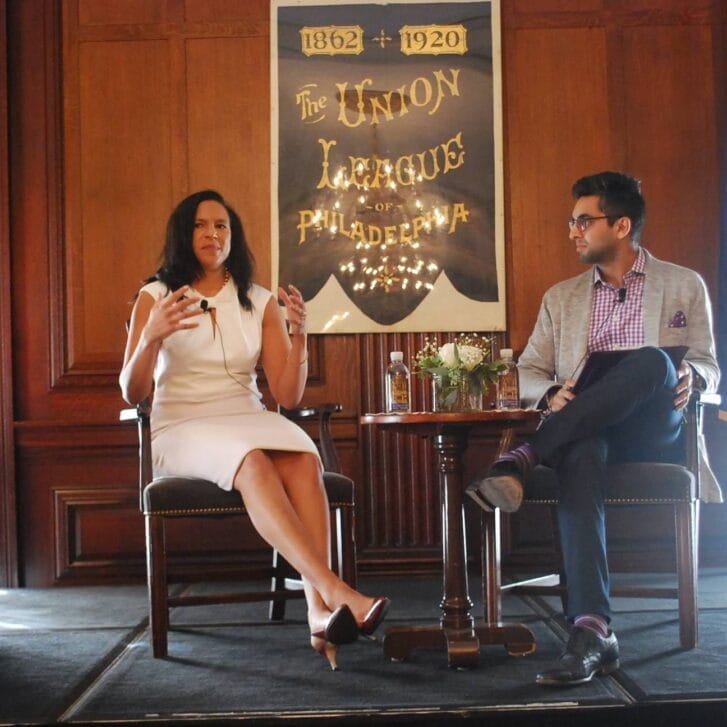Since I was a little girl, I have always loved telling stories that were dear to my heart. I remember my teachers, even in elementary school, not wanting to be interrupted with my endless questions in class, but they always tuned in when I told a story. Humans have communicated through stories for thousands of years; it is a timeless talent. Stories can connect people, project ideas and allow concepts to adhere, and drive change.
As I’ve grown up, I have found that captivating audiences and inspiring change is key in business as well, especially in today’s digital age, where information is abundant and attention scarce. In an ever-evolving global market with fierce competition and imminent change, connecting with people throughout all parts of the business food chain has become vital, more than ever before.
But how can we create a convincing business narrative? What does it take to craft a good story?
I have found that it is not so much what you say but how you say it. When faced with this task, I refer to the 7 C’s of storytelling: Character, Context, Connection, Curiosity, Conflict, Climax, and Change (or Conclusion).
I use the storytelling skill a lot in my work as an MBA consultant. I regularly ask clients, “So, tell me why. Why do you want an MBA from Wharton?”
“Well, it is obvious, isn’t it?” a client of mine answered. “It is one of the best business schools in the world and has the best programs; it would be perfect for what I want to do.”
I responded back: “So what? Why should I care that Wharton is the best. The question is why do you care to go there? Share why you care.”
What if a candidate started with the fact that she spent most of her adult years working as an investment banker in Manhattan when a series of unprecedented events led her back to Brazil? Perhaps she might want to expand on being born in Brazil and coming to the United States at a very young age, not knowing how or why. Back as an adult in Rio de Janeiro, the city where she was born, she was drawn to those with fewer resources who had not benefited from the recent economic growth. She would want to explain how her objective is now to be a change agent in the social sector through business. That’s why she wants to go to Wharton.
Does she sound more convincing now? Yes, because I let you know what is behind her drive to get an MBA—her story.
The same approach works in business. Whether it be a 30-second Super Bowl commercial to pitching a business idea to venture capitalists, the data might persuade us to think, but it doesn’t connect us on an emotional level. Stories, on the other hand, speak to our hearts, make us feel alive and inspire us to act. The success of crowdfunding is mostly due to the ability users have of telling the story behind the project, inspiring strangers and being funded as a result.
Storytelling can also be put to good use beyond funding and sales strategies in business. From team-building activities to executive training, from staff meetings to management presentations, stories can help build camaraderie and understanding, creating a more cohesive organization.
But there is a caveat to that. Stories need to be genuine, and the message told in a succinct way. If you don’t trim the fat, people will not pay attention. If you don’t believe in what you are saying, people won’t believe you.
Individuals who master the skill of storytelling also will benefit as we evolve into a labor market that is ever more global. Succinct, compelling stories will enable them to stand out among the crowd and create a gripping personal brand. Storytelling translates across languages and cultures.
The human imagination has no limits. Storytelling allows us in business to escape the traditional confines of the relationships with our customers and employees.


























